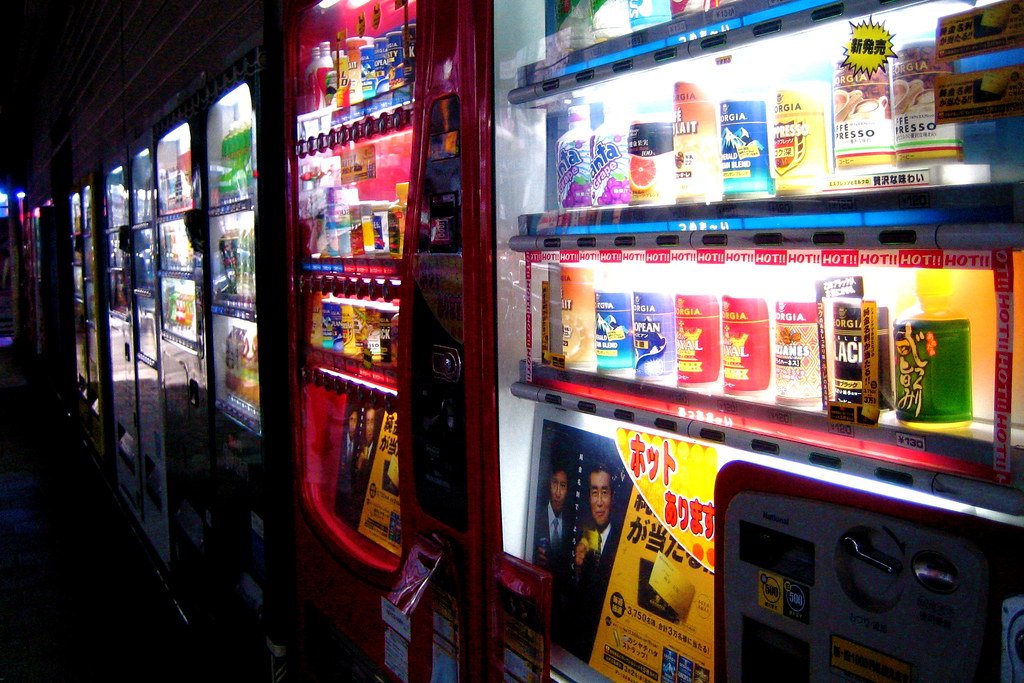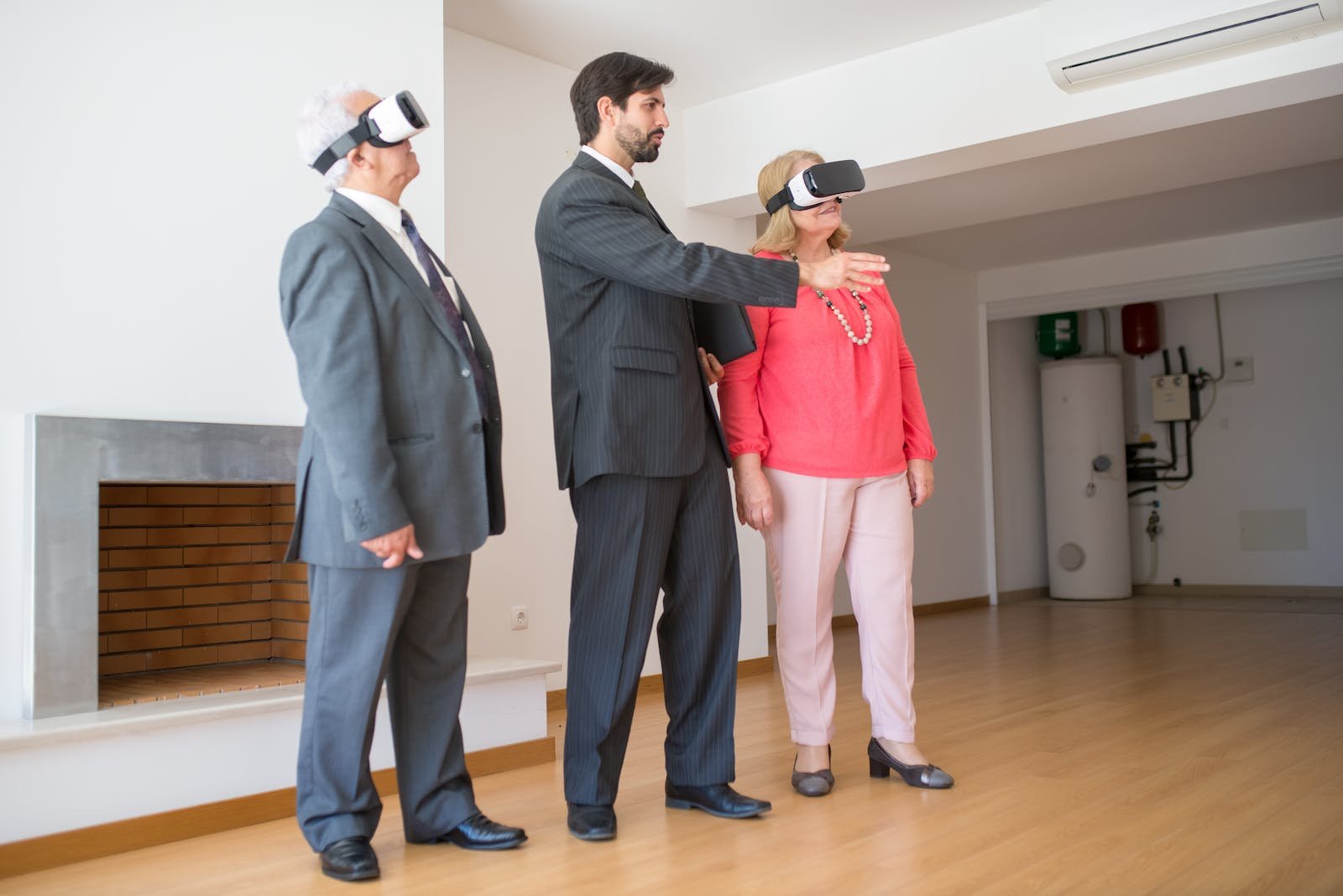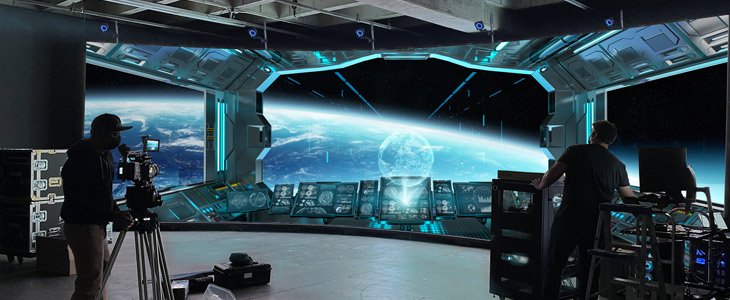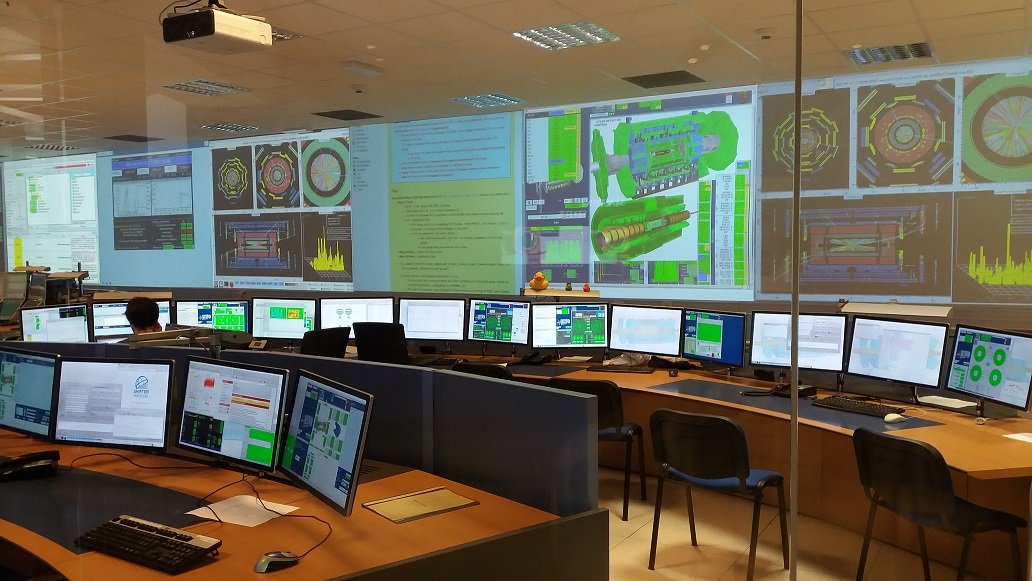An automated retail system refers to a set of technologies and processes that enable the sale of goods and services without the need for direct human interaction. This system is commonly associated with vending machines and micro markets, which are self-service kiosks that provide a wide range of products to customers.
Vending machines are automated retail machines that dispense products such as snacks, beverages, cigarettes, toiletries, and more. They typically accept cash, coins, and electronic payments like credit or debit cards. Micro markets on the other hand are self-contained stores that offer a larger selection of products compared to vending machines. They often include fresh food, beverages, snacks, and other convenience items. Customers can choose their items and pay using self-checkout kiosks.
Benefits of Automated Retail Systems
- 24/7 Availability: One of the significant advantages of automated retail systems is their ability to operate around the clock, allowing customers to make purchases at any time, including after regular store hours.
- Reduced Labor Costs: With automated systems, there is no need for on-site staff, which significantly reduces labor costs. This makes it an appealing option for businesses seeking to minimize operational expenses.
- Enhanced Efficiency: Automated retail systems streamline the purchasing process, eliminating queues and reducing transaction times. Customers can quickly locate products, make selections, and complete transactions without waiting for assistance.
- Lower Overhead: Compared to traditional retail stores, automated systems require less physical space and infrastructure. This translates to reduced overhead costs, including rent, utilities, and maintenance.
- Data Insights: Automated retail systems can collect valuable data on customer preferences, popular product choices, and sales patterns. This data can be analyzed to optimize inventory management, pricing strategies, and future product offerings.
Why now is the best time to start?
- Changing Consumer Preferences: Consumer behavior is evolving, and there is a growing demand for convenience and quick access to products. Automated retail systems fulfill these preferences by providing instant access to a wide range of products without the need for human assistance.
- Advancements in Technology: Technological advancements have significantly improved the capabilities of automated retail systems. These include enhanced payment options (contactless payments, mobile wallets), interactive touchscreens, real-time inventory tracking, and remote monitoring for efficient management.
- Pandemic Resilience: The COVID-19 pandemic has highlighted the importance of contactless and self-service solutions. Automated retail systems offer a safer shopping experience by minimizing physical contact, reducing the risk of transmission, and maintaining social distancing.
- Diversification and Market Opportunities: Integrating automated retail systems can provide businesses with additional revenue streams and expand their customer reach. Micro markets, for example, can cater to workplaces, hospitals, universities, and other locations where traditional retail options are limited.
- Ease of Implementation: Setting up an automated retail system is relatively straightforward compared to establishing a conventional retail store. Vending machines can be strategically placed in high-traffic areas, and micro markets can be customized to fit specific locations.
In conclusion, automated retail systems offer numerous benefits compared to conventional retail. The 24/7 availability, reduced labor costs, enhanced efficiency, lower overhead, and valuable data insights make it an attractive option. With changing consumer preferences, technological advancements, pandemic resilience, market opportunities, and ease of implementation, now is an opportune time to start an automated retail business.







